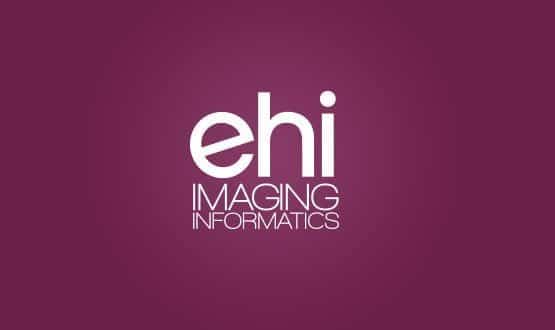Seven steps to EHIII
- 31 October 2012

EHealth Insider’s new channel, EHI Imaging Informatics, is a news and information service dedicated to the emerging discipline of imaging informatics and covering the management of information from medical images.
EHI has a long record of covering imaging informatics. Even its earliest newsletters looked at the spread of filmless imaging; so it seems like a natural home for the subject.
In addition, imaging informatics is quintessentially a discipline that requires close collaboration between knowledgeable clinicians, specialist informaticians and industry experts. EHI’s audience reflects that mix and continues to develop as a place where they can meet.
What will we be covering?
These are the main topical considerations that underpinned our decision to launch and will inform our coverage of this important and fascinating area of health informatics:
1. Imaging is a key part of the electronic patient record that lies at the centre of most health informatics policies today.
The majority of patients experience medical imaging in the course of having their condition diagnosed and monitored and it is vital that images and reports are seen as an essential part of the whole converged record, not as a silo of information sitting in the radiology department. EHI Imaging Informatics will highlight good practice in this area.
2. UK health services have improved their imaging informatics systems dramatically in recent years and this trend is set to continue as systems are replaced, upgraded and recommissioned.
Notably, national contracts for picture archiving and communications systems and radiology information systems in English NHS trusts are due to expire between 2013 and 2015. We will track progress in this area and provide a platform for debate about the merits of different approaches to improving these systems.
As some leaders in imaging informatics have reminded us in recent months, the flipside of commissioning services is de-commissioning them and ensuring that healthcare organisations are in a position to switch systems safely and with minimum disruption if they so choose. We will look at the factors influencing this issue.
3. Radiology dominates medical imaging, but in today’s healthcare system many other ‘ologies’ use imaging as an integral part of their practice: cardiology, pathology, medical photography, endoscopy to name but four.
EHI Imaging Informatics will include these additional areas of imaging in its coverage. Again, it will also look at good practice in promoting co-operation to achieve interoperability between systems and information sharing in converged electronic records.
4. Storage of medical images has been an issue since glass x-ray plates started to fill up miles of space in hospital basements everywhere.
Today health systems grapple with the issue of storing terabytes of data from imaging systems. How much do we need to keep? Can compression of images be used safely? How much should storage cost? We will ask the experts to discuss the answers to these key questions.
5. Data culling will be an important but related topic on our radar.
How many images need to be kept from the large sets available from modern modalities? What must be kept and what can be culled? We will be talking to clinicians and system managers who are seeking answers with these questions and will highlight sensible, workable policies.
6. In a mobile world, clinicians seek access to medical images on the increasing array of devices now available – iPads, smart phones and so on.
EHI has a good track record of covering mobile health and strong synergies exist in our coverage of this area and EHI Imaging Informatics.
7. Crucially, we will look at how clinicians with a special interest in imaging informatics can work with other members of the informatics team.
We will explore how IT specialists, statisticians and so on can come together to use systems to best advantage and promote safer, more effective patient care. A blended approach using different skills to solve problems and improve services is the way forward.




